|
|
The Windmill at Ugthorpe was erected in 1796 on the site of an earlier structure. A fixed tower mill with automatic fan wheel for turning the unusual cap into the wind. When advertised for sale in 1860 it contained two pairs of mill stones; one French, one Grey. Subsequent owners were Mr C. Walker, Robert Dobson (Senior), Robert Dobson (Junior), Mr Wilkinson; and taken over by Eric Stonehouse of Wakefield. Today it still stands but not as a windmill. Information from ”Yorkshire Windmills” by Alan Whitworth. This photograph taken in 1954 by Alan Richardson, since then the sails and top have gone; it is now a private residence. Alan Gifford has advised: ”Ugthorpe windmill had roller reeling sails, where blind like shutters could be automatically opened and closed, all at the same time.”
Image courtesy of Alan Richardson and many thanks to Alan Gifford for the update.
Skinningrove valley and ironworks about 1920. The houses surrounded by industrial pollution from the works, a column of escaping gas can be seen rising from the coke ovens as a retort is emptied. Below in the valley the gas works with a rail tanker on the siding collecting tar produced at the plant. All in contrast with the well kept and tended allotments on the valley sides; at the top left St Helen’s Church completing the scene.
Image courtesy of Alan Richardson.
Stape Silver Band at Danby Show 1968. The Band are regular performers at many local agricultural shows.
Image courtesy of Alan Richardson.
A strange photograph, the lady among the gentlemen appears to be a cardboard cutout! Advertising Mackintosh’s Toffee De Luxe. Julie Riddiough comments: “I have a picture off the RAOB (“Buffs”) taken in what looks like the same place, I still haven’t worked out where it is though!” The location and reason for the deception is one for Sherlock Holmes?
Image courtesy of Pat Bennison, thanks to Jullie Riddiough for the update.
Anthony Newton of West Barnby – an old countryman who was lame from falling off a hayrick in his teens and always walked with 2 sticks, but who grew superb vegetables and won prizes in every major show for miles around. The cottage shown had a coal fire and until about 1949 – no electricity – this image was taken in 1953 by Lionel Richardson of Loftus (photographer and postcards) whose family business preceeded Fords at the top of Station Road.
Image courtesy of Alan Richardson.
The gentlemen are being presented with something making them smile, but what are the receiving and can you help?
Left to right: Mr Howe, Walter Wedgewood, Percy Marshall, ??.
Image courtesy of Dave Mcgill.
This image from a Richardson postcard was taken at low tide from the steep ’Bothroyd’s Bank’ which leads down to Skinningrove beach. The jetty is exposed to its full length, which ships for loading pig iron would stand off, waiting for high tide. On the beach can be seen some horses – purpose unknown – and two people tend plants in the field on the left.
Image courtesy of Alan Richardson.
Inside the Methodist Chapel Carlin How, a plain interior with a small organ, gas lighting, and to the right a coke stove for heating.
Image courtesy of Pat Bennison.
Primitive Methodist Chapel, Carlin How, built in 1874. The path at the left of the chapel leading down to Skinningrove Beck was part of the old ”Back” or ”Cleveland Street”, which ran to Guisborough. The steam from the mine chimney can be seen in the valley below the chapel.
Jule Howard tells us: ”The name of the chapel was Zion Methodist Chapel. In the 1950′s and 1960′s below this building a youth club was held, and we played billiards, table tennis and other games.” Whilst Derick Pearson tells us: ” I enjoyed going there to play billiards. There was a little awkward door on the side of the lower floor part way down ”pit bank” (as it was called) into the youth club.” Jan Snaith (nee Carveth) tells us: ”Carlin How Methodist Youth Club – Where we forged lifelong friendships and learnt to play Table Tennis – many of us now playing again in local groups as it has gained popularity once more.”
Image courtesy of Pat Bennison and thanks to Julie Howard, Derick Pearson and Jan Snaith for those updates.
Firing the Stiddy at Lythe in 1948. Blacksmith Will Dobson is setting light to gunpowder on the anvil to celebrate a local event. Usually connected with the Normanby family, quite often a birthday. John Jackson and his son Leonard are also in the photograph. Linda Stainthorpe (nee Jackson) commented: “Have just been looking through your pictures and came across the one of Firing the Stiddy at Lythe, just to say it was lovely to see this one as my dad (Lennard) and my grandad (John) Jackson are both in it. Thank you very much.”
Image courtesy of Alan Richardson and many thanks to Linda Stainthorpe for the comment.
|
|
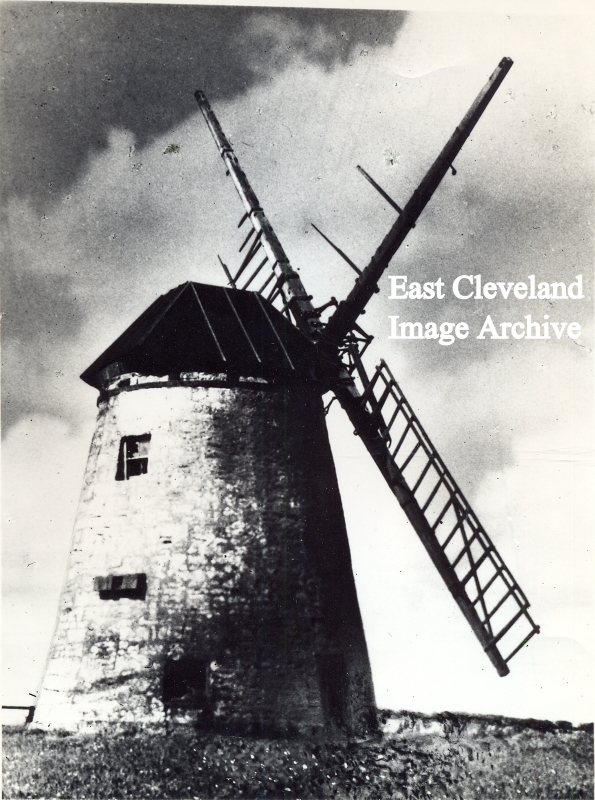
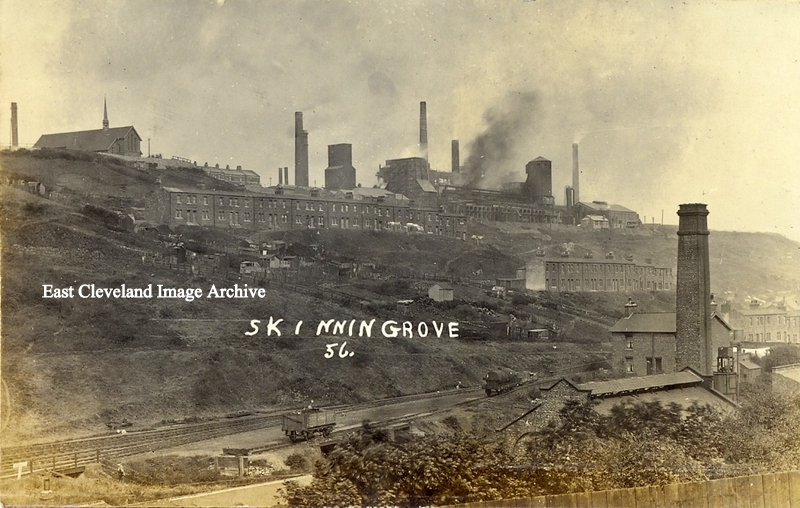
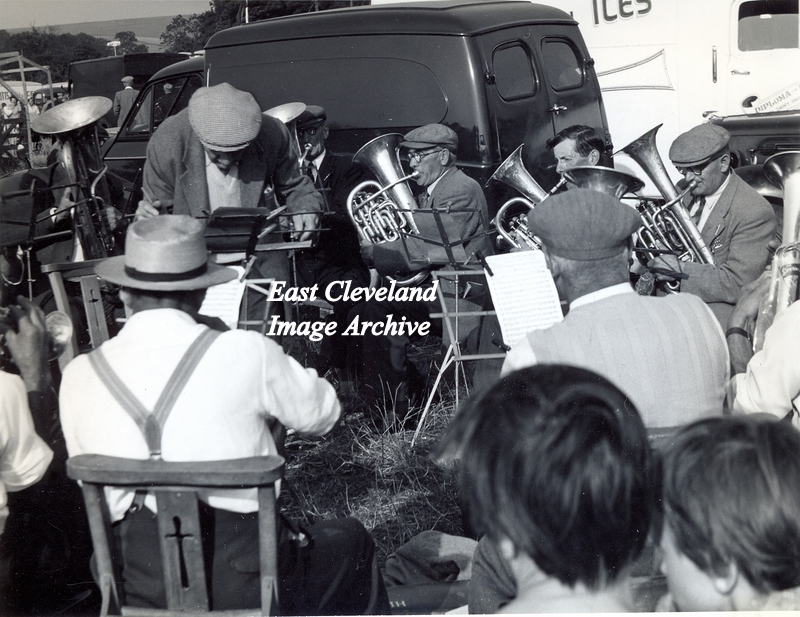
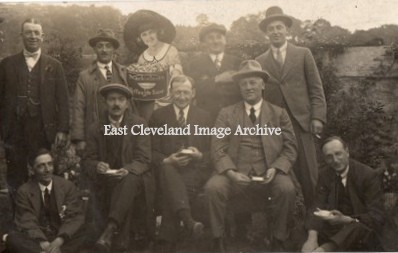

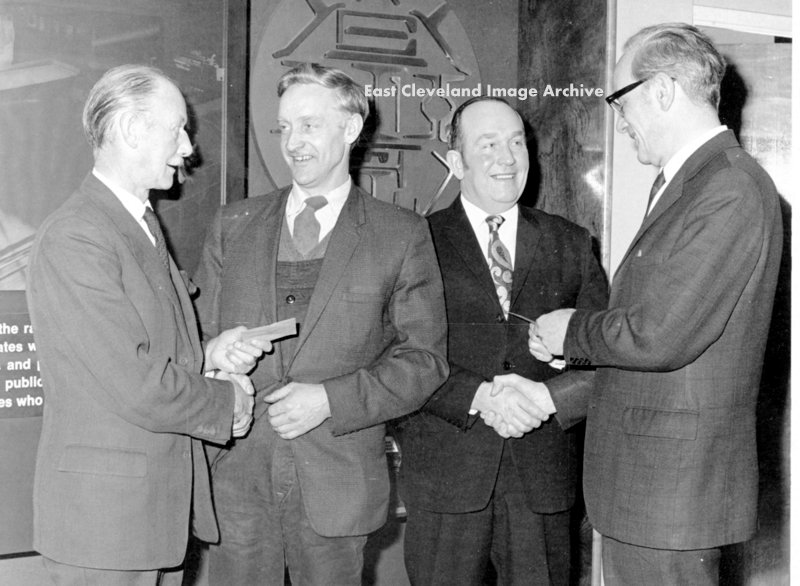
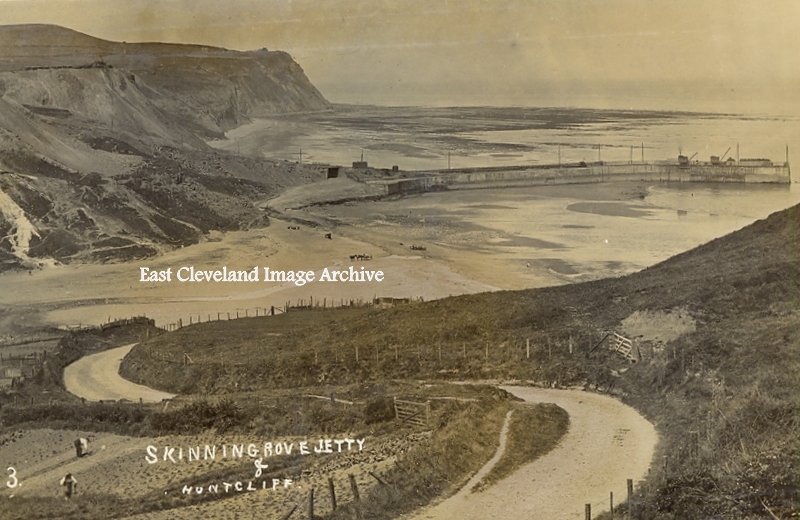
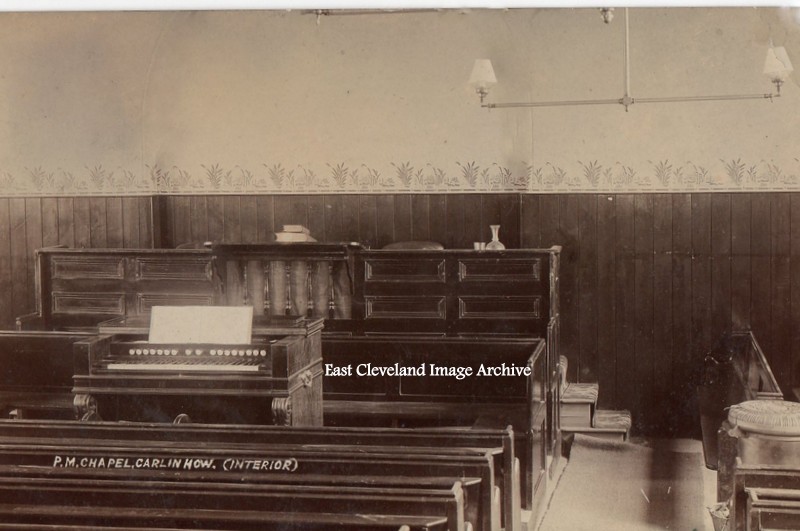
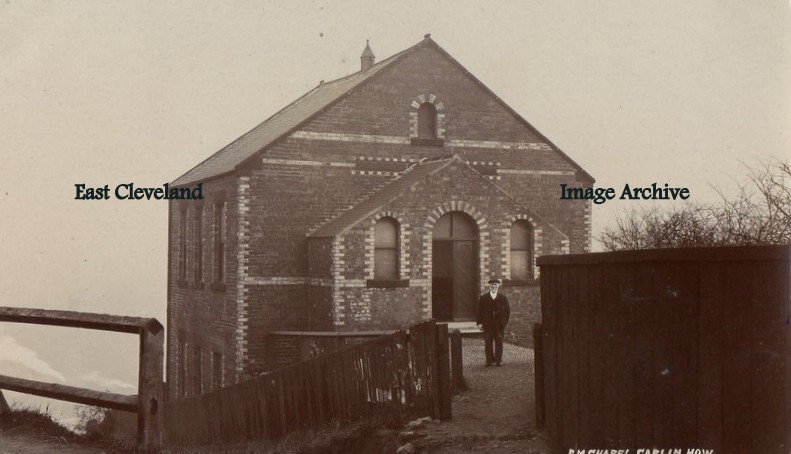
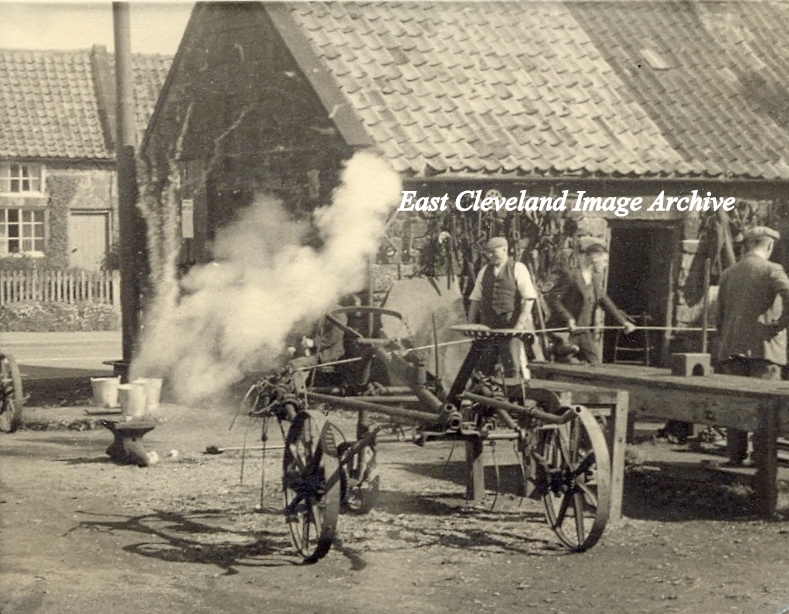
Recent Comments